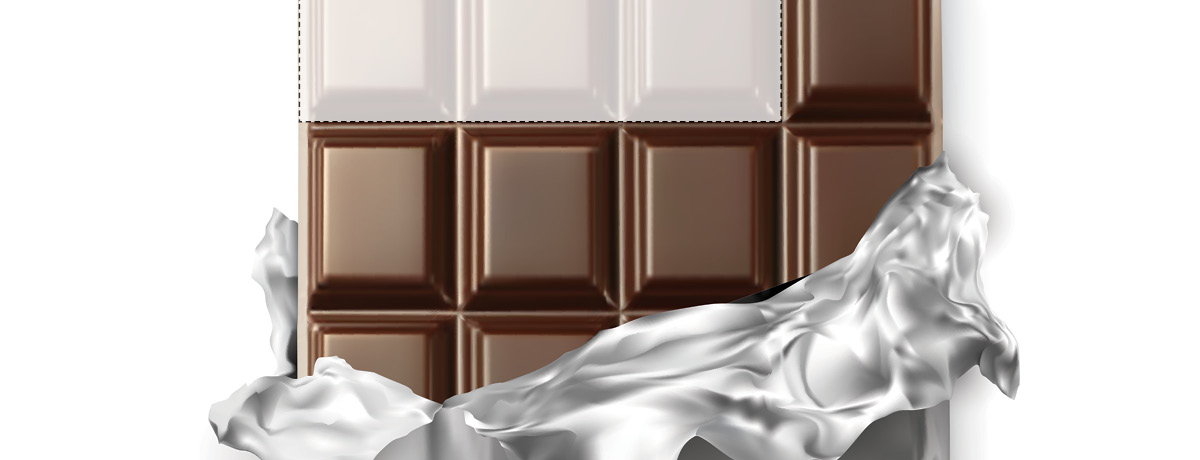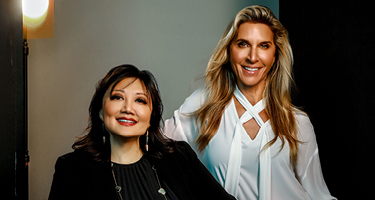Have you noticed that upon visiting your regular grocery store, supermarket or pharmacy, your favorite or “go-to” items might look or feel slightly smaller and lighter than they had in 2022?
Your depth perception is still accurate. This phenomenon of “shrinkflation” or “downsizing” is characterized by a reduction in weight or volume without a corresponding decrease in price. From breakfast cereals to paper towels and coffee filters, several manufacturers worldwide are reacting to the effects of inflation by subtly slimming their packaging and ultimately offering less product for the same cost.
According to a 2023 YouGov study, nearly three-quarters of American consumers (73%) are concerned about shrinkflation—with 41% who are very concerned and 32% who are fairly concerned. And while no consumer (or group) has filed a suit against a manufacturer due to shrinkflation, the legal limits of this practice might soon be tested if an advocate can prove the trend has crossed the line between crafty and unethical or deceptive.
Deception Addressed in Federal Law
The United States and the Federal Trade Commission (FTC) have laws designed to protect the public from deceptive sales and trade practices.
Section 5 of the FTC Act (15 USC 45) prohibits ‘‘unfair or deceptive acts or practices in or affecting commerce.’’
An act or practice is deceptive where:
- A representation, omission or practice misleads or is likely to mislead the consumer;
- A consumer’s interpretation of the representation, omission or practice is considered reasonable under the circumstances; and
- The misleading representation, omission or practice is material.
Search for “shrinkflation” on YouTube or TikTok, and you’ll find various consumer-made videos with side-by-side comparisons of all sorts of snacks, beverages and household paper products demonstrating the ways in which retailers and manufacturers are changing their “representation.”
Vlogs and influencers have called out where recognizable brands and companies are discontinuing previous, comparably sized packaging, rearranging the packaging to appear nothing has changed, or using filler material to compensate for less of the actual product.
Michael A. Klutho is Chair of Bassford Remele’s Consumer Law Defense Practice Group and Co-Chair of the firm’s Professional Liability/Claim Prevention-Legal Malpractice Group. Based in Minnesota, his career has been characterized by defending clients and helping to prevent consumer law violations. He said that because shrinkflation is difficult to detect, it has enabled manufacturers and retailers to employ the strategy and avoid liability.
“The cards are stacked in favor of the retailer,” said Klutho, who was named the Minneapolis Best Lawyers “Lawyer of the Year” for Consumer Law in 2024. “Retailers should forego using downsizing at the same price to hide that they are actually increasing prices. If their suppliers did the same thing, the retailers would surely raise a stink.”
Because a retailer using this tactic typically makes the packaging look the 'same as always' or even labels it as 'new and improved,' the consumer is kept in the dark."
Weaponizing Inflation
The supply side has quietly justified its methods, citing rising inflation and the costs of production as its rationale for the practice. But critics and consumers have hinted that manufacturers are weaponizing inflation since upsizing in any economy is far less frequent than downsizing.
The Bureau of Labor Statistics (BLS) measures product sizes and prices in the Consumer Price Index (CPI). In its February 2023 Beyond the Numbers report, it noted that “…potato chips saw frequent downsizing of their snack packs from 4.5 oz. to 4.25 oz. and an 8 oz. bag declining to 7.5 oz. The average total difference across all categories during the time period was 0.08%.”
According to the Associated Press, “In Britain, Nestle reduced its Nescafe Azera Americano coffee tins from 100 grams to 90 grams. In India, a bar of Vim dish soap has contracted from 155 grams to 135 grams.”
The impact of product downsizing at all commodity and service levels is minimal, the BLS reported, with an average annual effect of 0.01% per year. “So while consumers may notice shrinkflation at the grocery store,” BLS noted, “it has a very small impact [on] the overall inflation picture they face.”
Significant Shrinkflation Needed for Trial
Would a judge hear a liability case that depends on the new weight of name-brand cheese puffs and flavored coffee? Perhaps. But plaintiffs might have a better chance of building a case based on more substantive necessities such as baby food, pet food and paper towels.
“Because a retailer using this tactic typically makes the packaging look the ‘same as always’ or even labels it as ‘new and improved,’ the consumer is kept in the dark,” Klutho said. “It’s one thing to downsize what you are selling. It’s quite another to make the downsized product look the same as the formerly regular-sized product or label it in some way as ‘better than ever.’
It seems that the legal term for “deception” has been circumvented for now. Klutho noted that as long as the manufacturers and retailers are not claiming that the new, reduced size is larger than it had been at the same price, then the practice may continue.
Shrinkflation is indiscriminate. But for how long will consumers—who include government lawyers—bear the brunt of added costs on food and products they need and enjoy before they take some sort of action?
“Whether a governmental regulator or private attorney general challenging such conduct—on Deceptive Trade Practices grounds or other legal theories—might be successful, is a distinct possibility,” Klutho said.
Checking Out
The shrinkflation trend may be easy to point out on social media, but proving deception under the FTC Act in court would undoubtedly be more challenging. However, if a case ever reached trial, Klutho warned of reputational harm and the message it would send to other manufacturers and retailers who might take shrinkflation too far.
“If shrinkflation is proven, a company’s reputation in the consumer goods industry will be damaged,” Klutho said. “It’s all about documenting the tactic, noting how it’s hurting consumers and then getting that information out there. The retailer that isn’t engaging in shrinkflation is being harmed when those that do engage in shrinkflation hide what they are doing. Not playing fairly is bad for any company’s reputation.”
Justin Smulison is a professional writer who regularly contributes to Best Lawyers. He was previously a reporter for the New York Law Journal and also led content and production for the Custom Projects Group at ALM Media. In addition to his various credited and uncredited writing projects, he has developed global audiences, hosting and producing podcasts and audio interviews for professional organizations and music sites. JustinSmulison.contently.com




























